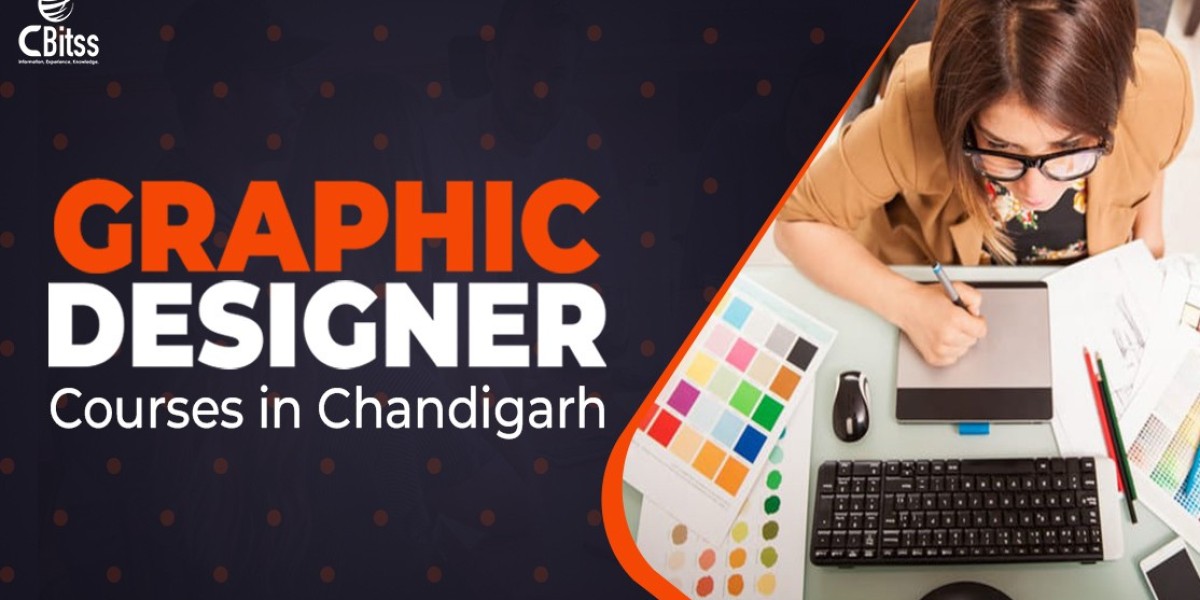The world is a visual feast, and graphic designers are the artists who translate ideas and information into captivating imagery. A graphic design course equips you with the skills and knowledge to create visually compelling designs that inform, persuade, and engage audiences. This article delves into the details of graphic design courses, explores their benefits, and answers some frequently asked questions to help you paint your path to a fulfilling graphic design career.
Course Formats and Learning Styles:
Graphic design courses cater to diverse learning styles and goals. Here's a breakdown of some common formats you might encounter:
- Associate's Degree Programs: Earn a formal qualification that provides a comprehensive foundation in design principles, software applications, and industry practices.
- Bachelor's Degree Programs: Delve deeper into graphic design with specialized tracks like user experience (UX) design, motion graphics, or branding, leading to a well-rounded skillset.
- Online Courses: Offer flexibility and affordability with video lectures, interactive exercises, and self-paced learning. Perfect for busy individuals who can learn at their convenience.
- In-Person Workshops and Bootcamps: Immerse yourself in intensive training sessions led by experienced designers. These programs provide real-time feedback, hands-on projects, and opportunities for portfolio development.
Course Content:
A well-designed graphic design course typically covers these core elements:
- Design Fundamentals: Learn the principles of color theory, typography, layout, and composition to create visually balanced and effective designs.
- Design Software: Master industry-standard software like Adobe Photoshop, Illustrator, and InDesign, the essential tools for creating professional graphics, illustrations, and layouts.
- Branding and Identity Design: Understand how to develop logos, brand guidelines, and visual identities that effectively communicate a brand's message and personality.
- Typography: Explore the art of using typefaces to enhance communication and create visually appealing compositions.
- User Experience (UX) Design (Optional): Learn how to design interfaces that are not only visually appealing but also intuitive and user-friendly (especially in online courses or specific programs).
- Marketing and Communication Design: Understand how graphic design principles can be applied to create marketing materials, advertisements, and other communication tools.
- Portfolio Development: Learn how to curate and showcase your best design work in a compelling portfolio that highlights your skills and attracts potential employers or clients.
Benefits of Taking a Graphic Design Course:
- Develop Your Creative Skills: Explore your artistic potential and learn to translate ideas into visually stunning designs.
- Become a Graphic Designer: Gain the skills and knowledge to pursue a fulfilling career in graphic design, working in agencies, studios, or even freelancing.
- Enhance Your Communication Skills: Learn to communicate effectively through visuals, a valuable skill in various fields.
- Build a Strong Portfolio: Develop a portfolio showcasing your design skills, making you a competitive candidate in the job market.
- Increase Your Employability: Graphic design skills are highly sought after in various industries, from marketing and advertising to publishing and web design.
Conclusion:
A graphic designing course in chandigarh ignites your creative spark and equips you with the tools to translate ideas into impactful visuals. Whether you dream of a career in graphic design, want to enhance your creative skillset, or simply leverage design principles for personal projects, this training empowers you to become a visual storyteller and leave your mark on the world.
FAQs:
- Do I need to be artistic to become a graphic designer?
While artistic talent can be an asset, graphic design is more than just aesthetics. Strong attention to detail, problem-solving skills, and an understanding of design principles are essential.
- What software will I learn about in the training?
Courses typically focus on Adobe Creative Suite, including Photoshop, Illustrator, and InDesign. Additional software might be introduced depending on the course specialization.
- How much does a graphic design course cost?
Costs vary depending on the format, duration, and provider. Online courses tend to be more affordable, while degree programs and in-person programs might have higher fees.
- What can I do after completing a graphic design course?
Apply for graphic design jobs in agencies, studios, or marketing departments. Offer freelance services to clients or businesses. Consider further education in specialized areas like UX design or motion graphics.



